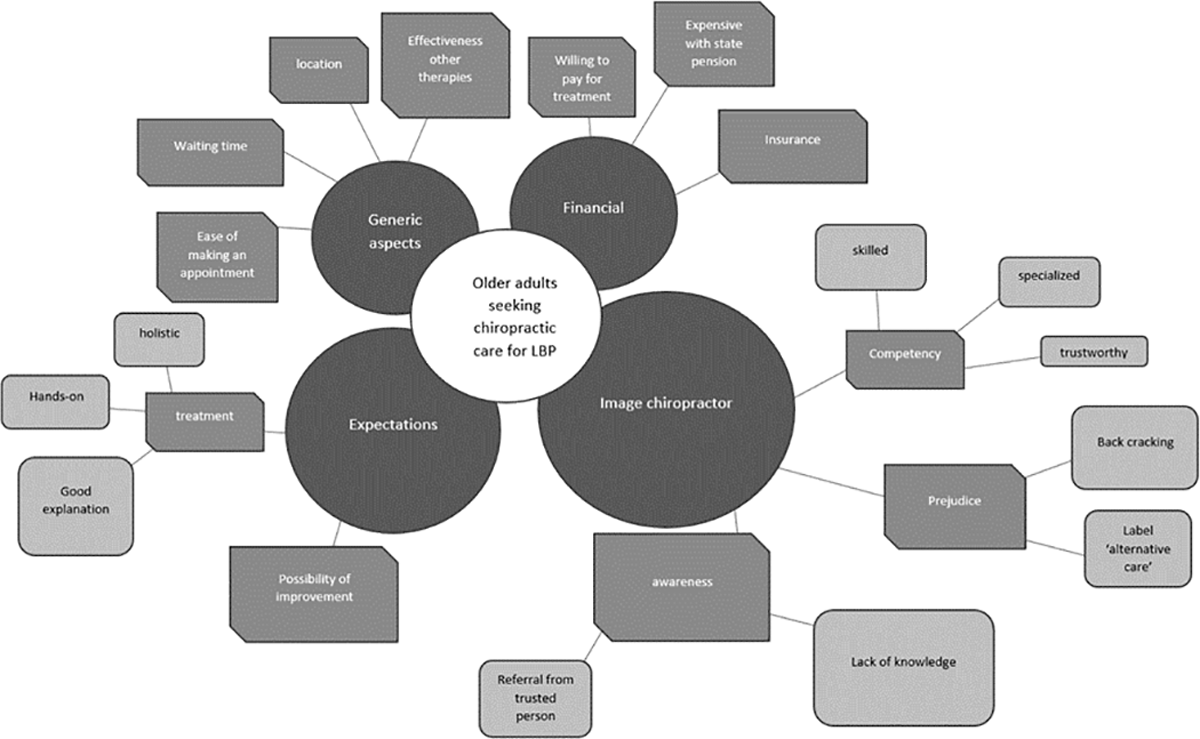Our No. 1 Medicare Documentation Error
SOURCE: Dynamic Chiropractic ~ January 15, 2014
By Susan McClelland
We have all heard that chiropractic documentation is being reviewed by multiple Medicare contractors and that we are failing these reviews miserably. So, where are we going wrong? In this and subsequent articles, let’s address the top reasons we are failing review, starting with the No. 1 reason – our treatment plan documentation.
Medicare regulations require that we create a treatment plan when treating Medicare beneficiaries.
This treatment plan must include three elements or it will fail review:
1) recommended level of care
(duration and frequency of visits);2) specific treatment goals;
3) objective measures to evaluate treatment effectiveness.
To repeat, the treatment plan must include all three of these elements or it will fail review.
Unfortunately, many doctors of chiropractic are not creating treatment plans at all. For those who do, the plans generally include the recommended level of care (e.g., “Two times a week for two weeks followed by once a week for two weeks. To be re-evaluated for further care at that time”). We generally fall short when it comes to the second and third elements.
There are more articles like this @ our:
Specific treatment goals. Yes, “decrease pain” and “increase range of motion” are laudable goals. However, how do you know when you have reached these goals?
“Decrease pain”: Using an 11-point scale (i.e., 0-10), would one point be enough to meet this goal? Or would you need two? Or three? Be specific. For example, rather than “Decrease pain,” a better goal might be something like, “Decrease pain from an 8 to a 4 within the first two weeks and to a 3 within the next two weeks.” Obviously, a goal like this would need an initial pain assessment using the 11-point Numerical Rating Scale (NRS), and this assessment tool would need to be provided at some subsequent visits as well (not necessarily all visits, but at least at two-week and four-week intervals) to track progress toward the stated goal.
By the way, this would also satisfy the third requirement; a standardized pain assessment tool, such as the NRS, is considered an “objective measure to evaluate treatment effectiveness.”
Another possible example of a specific goal might be, “Increase pain-free lumbosacral flexion from 10 degrees to 30 degrees within the first two weeks and 45 degrees within the next two weeks.” Again, we have a starting point and interim goals. There is also an objective way to measure progress (measuring / quantifying current range of motion) toward this goal.
Functional goals are a good way to measure progress and it is recommended that you include at least one functional goal in your plan. If you use outcome assessment tools (OATs), such as the Revised Oswestry, the Neck Disability Index, etc., you can use the results of the initial tool to set your goals and then use the same tool at future visits to measure progress toward those goals.
For example, if the patient marks on the Oswestry form that they cannot sit for any time at all due to back pain, your short-term goal could be the next step up (enabling them to sit for up to 10 minutes) and your next goal could be the next step up after that (enabling them to sit for up to 30 minutes).
It is best to restrict your treatment plans to no longer than 30 days at a time. This gives you a chance to evaluate the patient’s progress at a reasonable interval (per best-practice recommendations) before planning further care.
Remember, be specific with your goals. Have a baseline starting point, a goal and a time frame for trying to meet that goal. Be sure you have at least one functional goal and objective means to measure at least some of your goals. Pain-assessment tools, functional outcome assessment tools, examination procedures, etc., can be used. If you follow these recommendations, you should fulfill the requirements.
The current members of the Summit Subcommittee on Documentation include Dr. Carl Cleveland III, Dr. John Davila, Dr. Steven Kraus, Dr. Peter Martin, Ms. Susan McClelland, Dr. Michael Mestan, Mr. Robert Moberg, Dr. Frank Nicchi, and Mr. David O’Bryon. Ms. McClelland served as principal author of this article.
First convened in September 2007, the Chiropractic Summit represents leadership from some 40 organizations within the profession. The Summit meets regularly to collaborate, seek solutions, and support collective action to address challenges with the common goal of advancing chiropractic. A major focus of the summit has been to improve practitioner participation, documentation, and compliance within the Medicare system. This article is the 15th in a series developed by the Chiropractic Summit Documentation Committee.





Leave A Comment